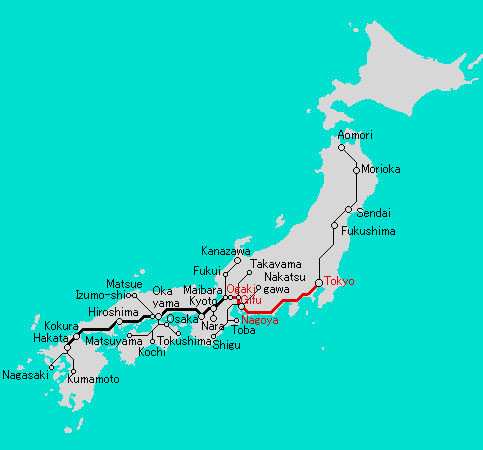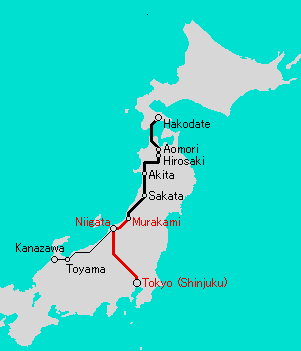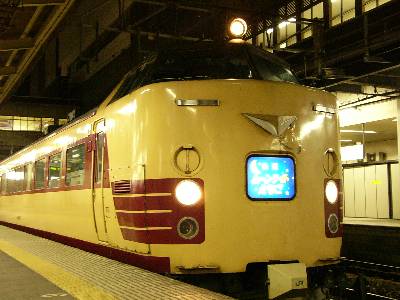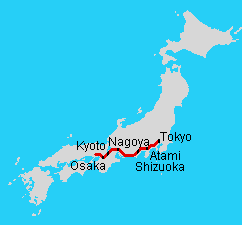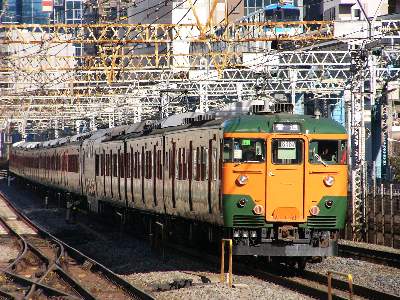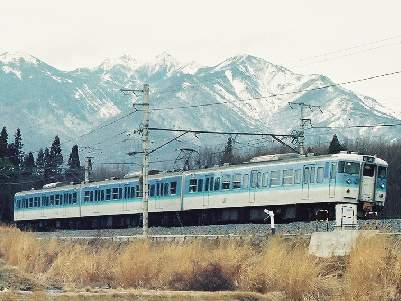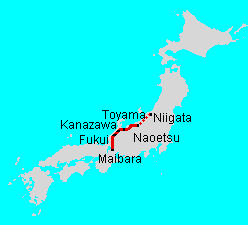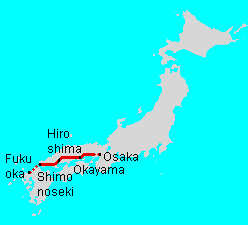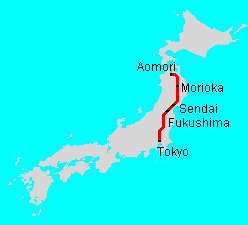Seishun 18 Kippu Special seasonal discount ticket for local trains. The cheapest pass to get around Japan! Normal ticket
Make use of overnight local trains!
Moonlight Nagara Very convenient train. Connecting the trains further, it covers the journey between Tokyo and most areas in Western Japan. Moonlight Nagara Travel Pictures
Moonlight Echigo |
Introduction of major lines. Tokyo, Central Honshu and Kansai Region Western Honshu, Kyushu and Shikoku Island Northern Honshu Basic facts about local trains here 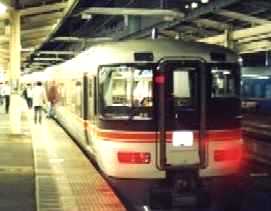 Convenient overnight local train 'Moonlight Nagara' |
|
Tickets With this ticket, you can travel by local trains freely. Of course, stopover on the way is allowed at any time. A set of '18 kippu' costs 11,500 yen. Seishun 18 kippu is a sheet of ticket which can be used either five consecutive or unconsective days. So you can travel as far as you like with only 2,300 yen per day. 'One day' here is counted from 0 a.m. to midnight of next day. Besides, it is possible to share them with your friend. For example, five people use a set of 18 kippu for a day, or two people five days using two sets. This ticket cannot be separated, so you always have to use the same train with your friend when sharing, though. Note that this is a seasonal ticket valid only during the vacation seasons. Usually for sale from 20 February to 31 March, 1 July to 31 August, 1 December to 10 January; valid from 1 March to 10 April, 20 July to 10 September, 10 December to 20 January respectively. They are subject to change, so check the latest information (I will provide latest info here if possible). The fare of normal ticket of local trains (one way trip) are as follows: Tokyo - Atami (104km, less than two hours) 1,890 yen, Tokyo - Kyoto (513km, about nine hours) 7,980 yen, Tokyo - Hakata (Fukuoka) (1,175km, about 20 hours) 13,440 yen. As I show later, it is possible to go from Tokyo to Hakata by only one Seishun 18 kippu, just 2,300 yen. So you can see the advantage of this ticket. The meaning of 'Seishun 18 kippu' is 'Youth 18 (years old) ticket' and main customers of this ticket are young students. But there is no restriction rule about user's age, and actually this ticket is popular among all travelers. Sometimes more than half the passengers in a local train are travelling with this ticket during the season!
Seishun 18 kippu is available at all 'Midori no Madoguchi' (Ticket counters) in JR stations, and other travel agancies in Japan. 18 kippu is not sold outside Japan.
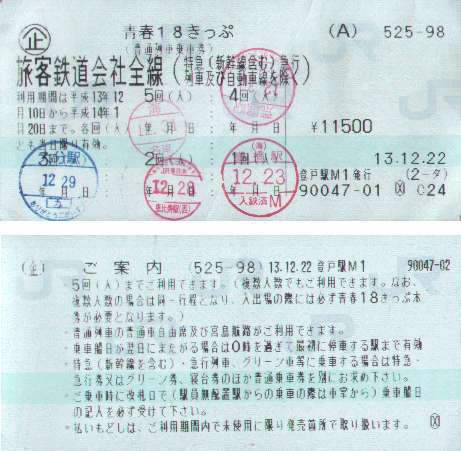 Normal ticket (Josha ken) Aside from the seasons of Seishun 18 Kippu, it may seem that there is little advantage to travel by local trains because convenient Japan Rail Pass is available to you. Moreover, the fare of Normal ticket is not so different from long distant coach services, which is faster and more comfortable. Still, some overnight local trains mentioned later are cheap and convenient, worth trying. And you may like the feeling of the local train travel itself, not just as a means to move one place to another. If so, Japan is very good place. Local trains run everywhere and cover most cities of this country.
Key issues in planning
Overnight local trains Note that 18 kippu comes into effect after 0 a.m. So you have to buy a normal ticket to the station whose arrival time passes 0 a.m.
Moonlight Nagara (Tokyo - Nagoya - Ogaki)
Running the busiest corridor in Japan, this is the most popular overnight local train. This train consists of reserved seats only (although some of the carriages change to non-reserved seats on the way). When 18 kippu is valid, tickets are always sold out as soon as being put on sale in ten o'clock one month prior to the departure. When you travel westbound from Tokyo to Osaka, you should by the ticket to Odawara (1,450 yen) in addition to 18 kippu. When eastbound, date changes in Toyohashi; from Osaka to Anjo is as much as 4,620 yen, so in this case two 18 kippu will be used. In Moonlight Nagara, lights are not put out throughout the night. Especially during holiday seasons when many student groups come, passengers are expected to be talking till 3 or 4 a.m..
|
|
Moonlight Echigo (Tokyo - Nigata - Murakami)
Traveling during daytime I will show you some major routes here. But, if you are in hurry, traveling a long distance journey by local trains during the day is not very recommended. Tokyo, Central Honshu and Kansai Region
Tokaido Line (East Coast Road Line)
HOME |
